Aerodynamic testing for cyclists: what are your options and how much does it cost?
Aerodynamics are the primary cause of cyclists going slowly, so what can you do to get faster, where can you do it and how much should you expect to pay?
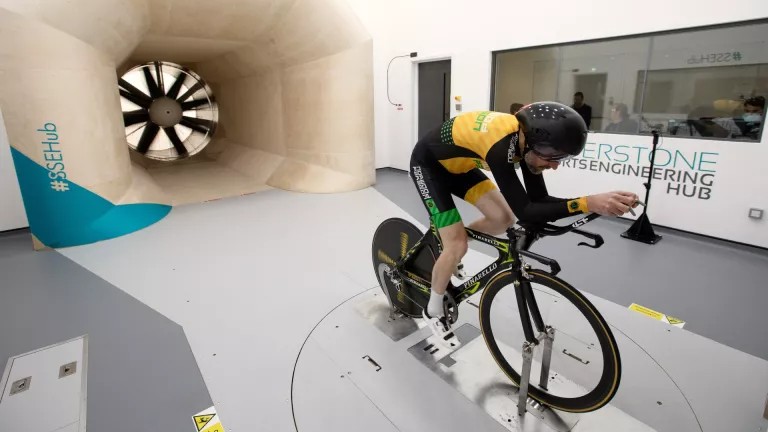
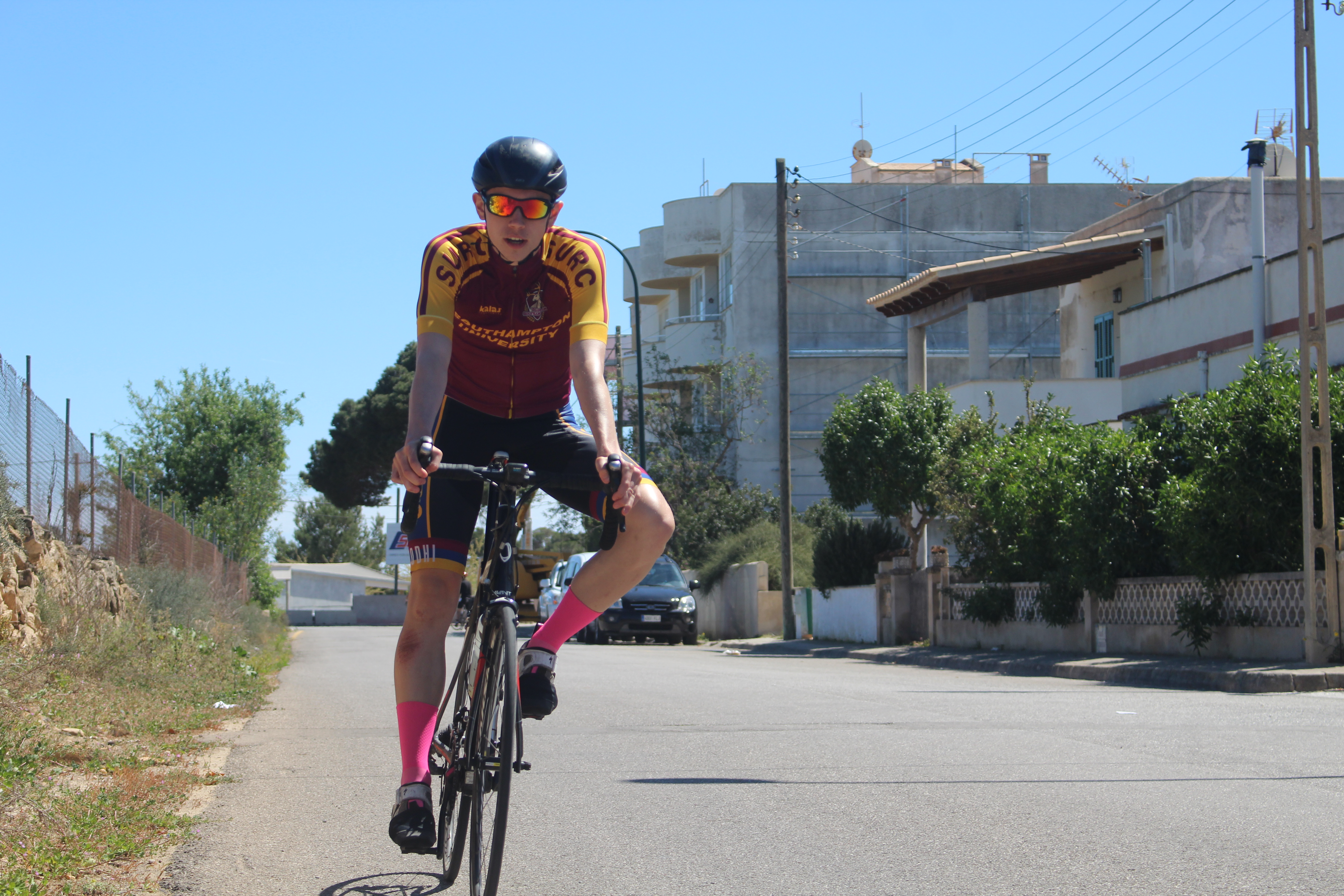
Aerodynamic testing for cyclists is a thriving business in the UK, with keen amateurs often being more aero than top WorldTour pros, especially since they’re not constrained by the rigid rules of the UCI.
For riders looking to optimise their set up, aerodynamic testing is the best thing you can do in order to save yourself some crucial watts and gain a few seconds or possibly even more. There are a number of options available to consumers and it can all seem rather intimidating, especially given the vastly different price points.
Let's take a look at what these options actually are, what you get for them and how much they cost.
Who is aero testing for and what will it do?
Aerodynamic testing is simply testing your equipment and position within your setup to decide what makes the fastest combination. Aerodynamics is a strange beast and the fastest equipment with one setup may not be the fastest on another.
Tracking down the best time trial bike is one thing, but getting everything else right is something else altogether.
Aero testing will definitely make you faster and it’s perfect for anyone trying to ride further or faster and in that sense, it’s for all of us. Whether you’re trying to crack 20 minutes for a 10-mile time trial or ride 50 miles for the first time, optimising your setup will make these goals significantly more achievable. Air resistance is the leading cause of going slowly among cyclists!
The wind tunnel
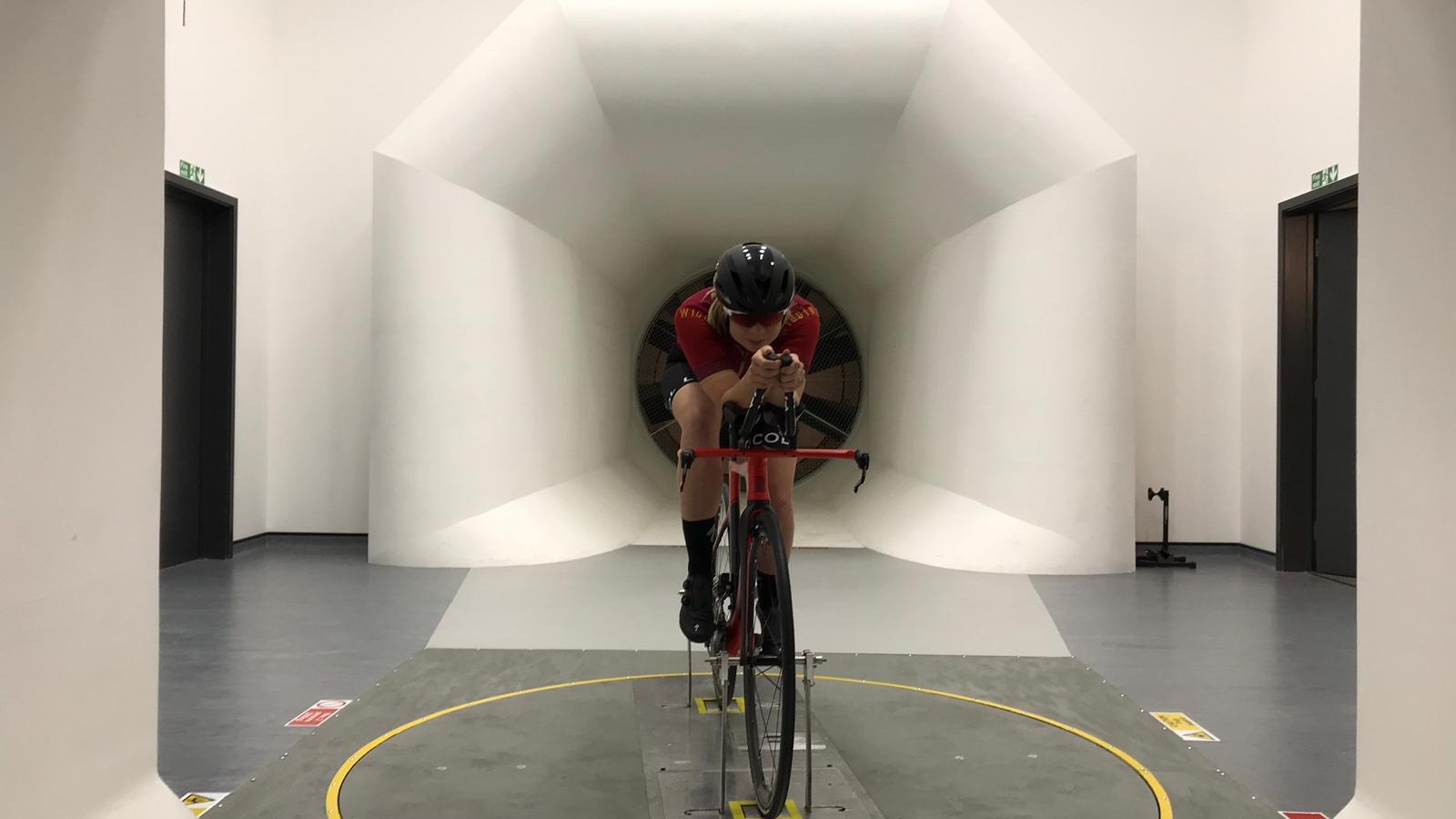
Wind tunnel testing will set you back at least £1,000 and is, generally speaking, an option for only the most serious of time triallists. This is often the immediate mental image drawn when aero testing is mentioned but it’s probably the least commonly practised option as tunnel time can be tricky to book and is always expensive. You can find big savings in the tunnel though, with AeroCoach citing typical savings of 20-45W.
If you have a clear goal in mind, going to the wind tunnel will be of great value. You’ll be able to get concrete data on changes you make and the measurements are very precise. This means you can go back six months down the line and measure the same values - this means you can track aerodynamic improvements over the course of a season or even across many seasons.
Try these...
AeroCoach wind tunnel testing takes place at the Silverstone Sports Eingineering Hub and costs £945 for two hours. Typical savings are 20-45 watts.
Drag2Zero wind tunnel testing also takes place at Silverstone and costs £1,200 for 2-3 hours.
Silverstone Sports Engineering Hub wind tunnel testing costs £182 per hour plus £45 per hour for a technician.
The velodrome
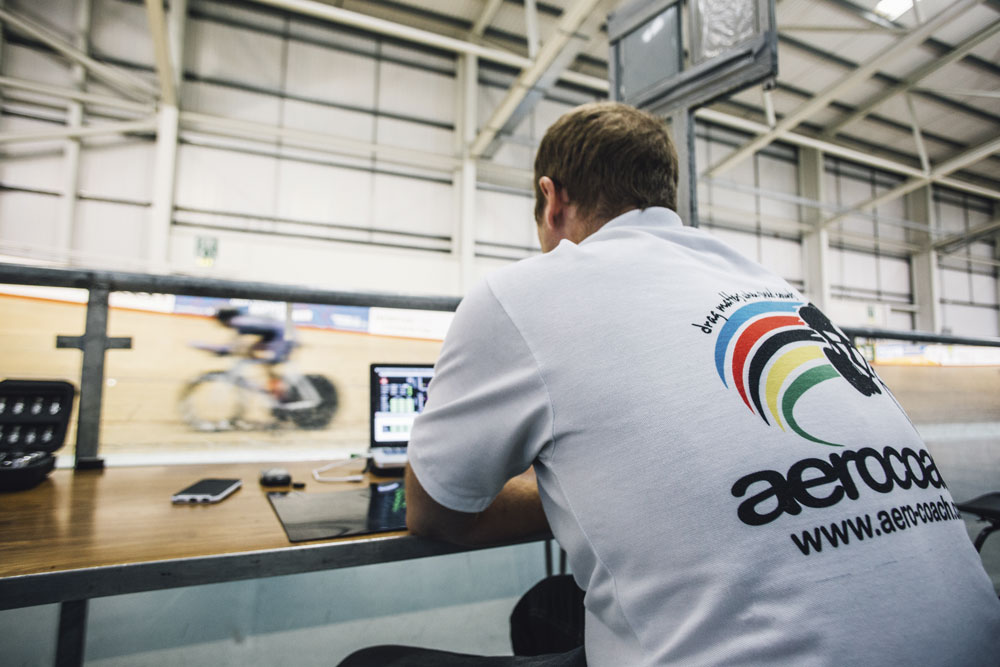
Velodrome aero testing sessions come in at a range of price points, starting at around £300 and getting up to £1,000; this is still the preserve of serious amateur cyclists.
If you’re a bike racer of any standard and any road discipline, getting some testing time on the velodrome will make a measurable difference to your results. AeroCoach claims riders taking part in one of its indoor velodrome sessions can save up to 35W from one of these sessions. That’s 126kJ saved over the course of an hour, which is enough of an energy saving to make the difference in a sprint or at a point when the bunch splits.
Depending on how trainable you are and how long you’ve been training, 35W over the course of a TT is possibly at least a year’s worth of training!
Try these...
Wattshop velodrome testing takes place at Derby Arena, with 2-3 hours costing from £762.50
Aerocoach velodrome testing takes place at Newport or Derby and for a 2-3 session costs £595-£795 with typical savings of 15-35W
The aero sensor
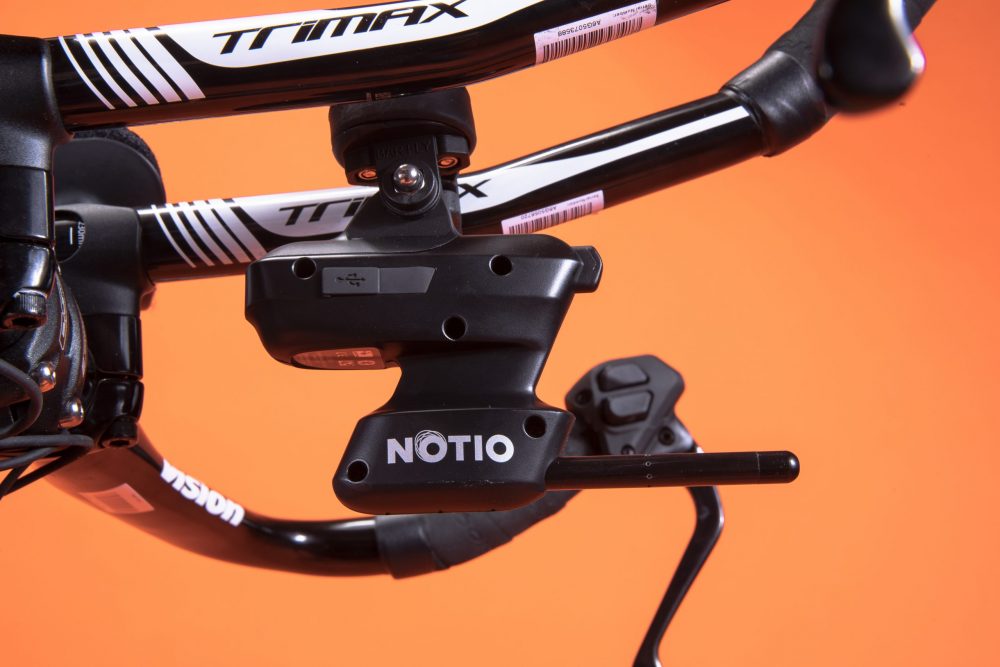
Aerodynamic sensors are something that you can strap to the front of your bike. They measure all the variables which go into a model which describes aerodynamics and pumps out your CdA. This is a dimensionless coefficient which is the product of how ‘slippery’ you are to the wind and your frontal area.
Aerodynamic sensors are still somewhat at the edge of possibilities, which can lead to some less than user-friendly products. However, if you’re technologically inclined, a bit of a nerd and have plenty of patience then you can have a lot of fun with these.
Aero sensors come in at a range of price points, from £300 and up, but the advantage of this investment over a wind tunnel or velodrome testing is you can repeat tests over and over. Once you own the sensor, the only limit is how much time you have to put into it. In the long run, for serious cyclists this is definitely the most economical option.
The key with successful aero sensor usage is in the user, rather than the device (provided it fulfils its basic functionality - though a slightly easier user experience for the few that I’ve used wouldn’t hurt…). If you can successfully repeat measurements, you can get some really great results but being scientifically minded is key - experimental design is more important than anything here.
As a relatively recent development on bike aero sensors are also a rapidly growing market. There are a number of startups offering aerodynamic measuring devices that can either be strapped to your bicycle or even 3D scanners powered by your smartphone. This technology is very much emerging and time will tell how popular they will be. In any sense, there’s a large proportion of cyclists, competitive or not, who are interested in getting faster but only a small proportion will do so at any cost. As a result, viable products will become cheaper and more usable than what’s currently available.
Aero sensors are a relatively recent development, but the market provides a few choices. Try these…
The Notio Aerometer costs £759 and uses open source software, It has an accompanying app and Garmin integration
PowerPod AeroPod CdA Meter has a RRP of £449 with included software package.
DIY options
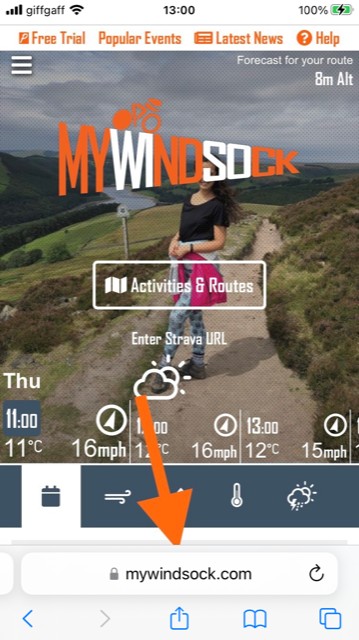
Simply put, we aren’t all interested or deep enough in to drop hundreds (or thousands) of pounds on aero testing but there are a few options which can make a difference - especially to the big stuff. There are a number of apps and websites you can use which estimate your CdA, if you can find a circuit. Near me Goodwood is available to cycle on a Sunday but on a quiet smooth stretch of road on a calm day, you can get a really good idea of what is fastest.
myWindsock is a free app built, primarily, for Strava segment hunters but has the added bonus of giving you a CdA estimation from any Strava segment you ride on. For example, if you do a lap of Goodwood, change your helmet and repeat the lap - myWindsock will give you CdA estimations from this. While this is by no means a replacement for proper aero testing, it can provide you with an estimate - especially where care is taken with repeated measurements and experimental design, for the aerodynamic effects of changes made.
If you want to target a KOM, myWindsock is the perfect virtual DS to tell you exactly what you need to achieve to take it!
Best Bike Split is not free but is slightly more involved than myWindsock but comes in at $19/month. As well as estimating your CdA, Best Bike Split can provide you with a pacing plan for time trials - especially useful if you’re racing over a hilly course. You can also get race course simulations sent to your head unit for use with a smart trainer.
If you only want the aero testing component, the physics engine behind both of these apps is similar, the difficulty comes with giving it accurate values to calculate with. The actual calculation for cda, from the aerodynamic equation, is a simple one. The hard part is measuring all the values which go into it which is why these apps are less accurate than the other, more expensive, options.
As with anything, the key to successful aero testing is a combination of how much money you’re prepared to throw at it and, most importantly, how much time and effort you’re willing to put in. Low effort, low cost options do exist with apps like myWindsock and Best Bike Split you can get useful information out of these, they’re ideal for finding a starting point. If you’re happy to go all in, head to the wind tunnel and buy a Notio. You’ll be able to measure everything in the tunnel, make changes on the velodrome with the Notio and then validate your changes when you head back into the wind tunnel. Aerodynamics is less to do with talent and more to do with how much time and money you’re able (and willing) to throw at it, but if you want to get faster it’s most definitely worth doing.

Thank you for reading 20 articles this month* Join now for unlimited access
Enjoy your first month for just £1 / $1 / €1
*Read 5 free articles per month without a subscription

Join now for unlimited access
Try first month for just £1 / $1 / €1
Get The Leadout Newsletter
The latest race content, interviews, features, reviews and expert buying guides, direct to your inbox!

Tom Epton is a freelance writer and data scientist. Originally training as a scientist after completing his studies in physics he realised that cycling was what he wanted to spend his life thinking about. Now he works with manufacturers, athletes and teams using cutting edge data science methods to find performance gains. Tom writes primarily about sport-science and tech!
-
 Man hands himself in to Belgian police after throwing full water bottle at Mathieu van der Poel during Paris-Roubaix
Man hands himself in to Belgian police after throwing full water bottle at Mathieu van der Poel during Paris-Roubaix30-year-old was on Templeuve-en-Pévèle cobbled sector when television pictures showed the bottle hitting him in the face
By Tom Thewlis Published
-
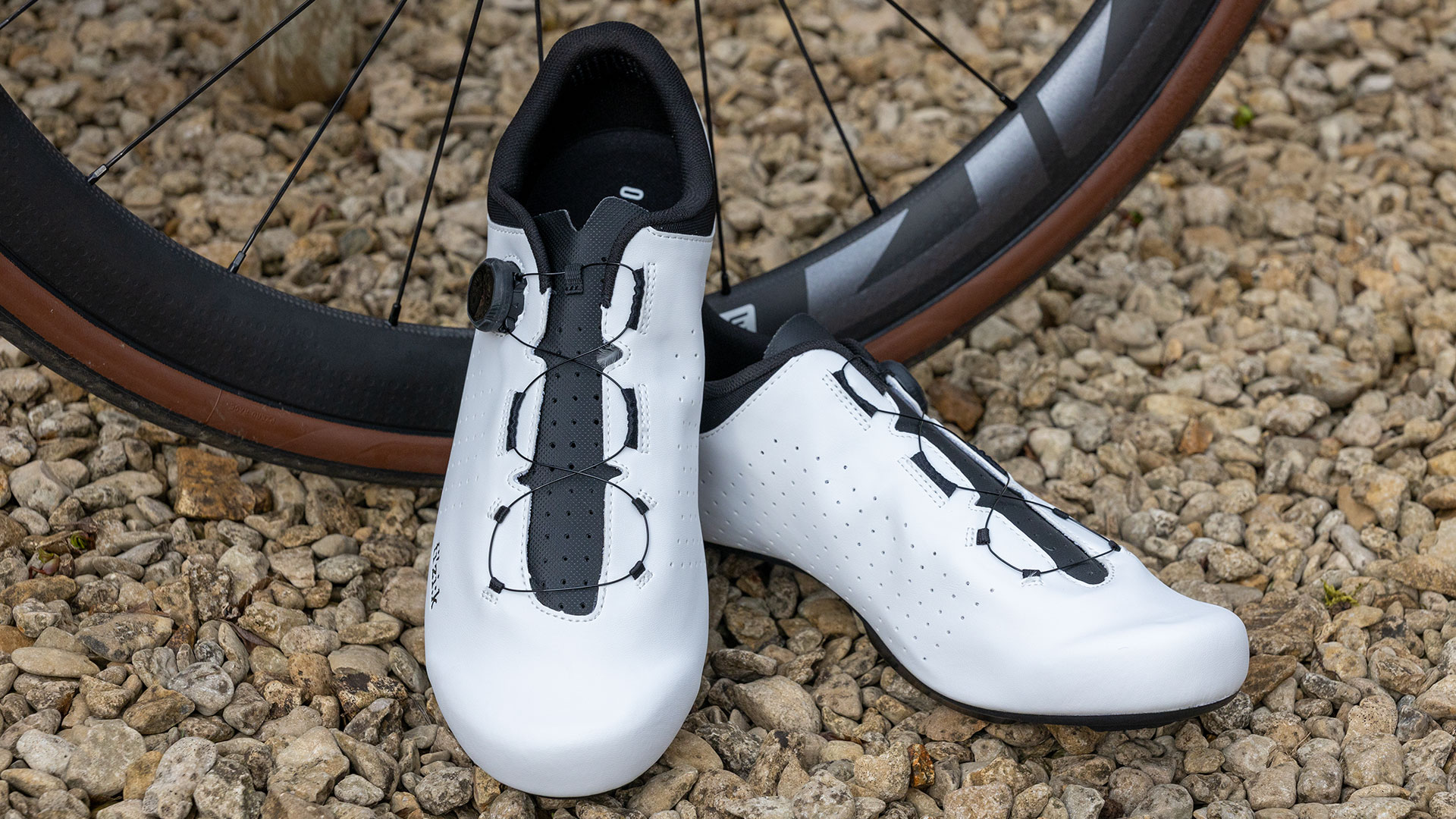 Fizik Vento Omna Wide shoe review: Yeti sneakers for those pedalling on a budget
Fizik Vento Omna Wide shoe review: Yeti sneakers for those pedalling on a budgetBroadly recommended for those of us with flipper feet
By Simon Fellows Published